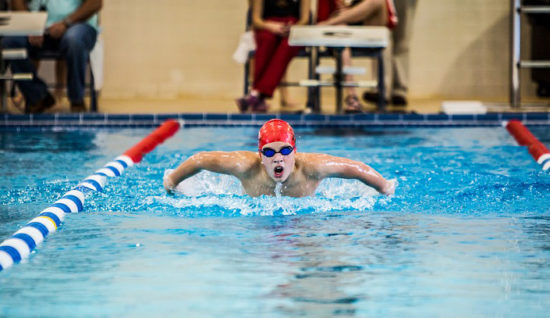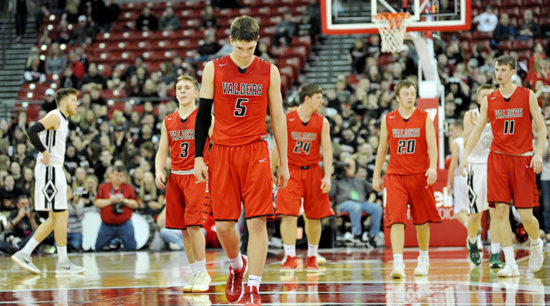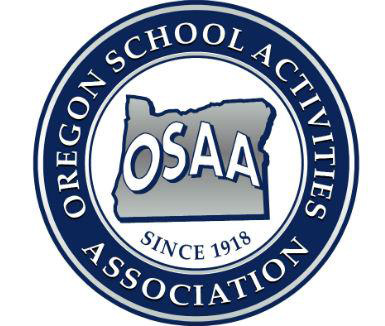Making the most of the offseason
Athletes and coaches need a balance of work and rest to succeed in their sports

The high school sports season generally starts with a great amount of excitement and energy and usually ends — with the exception of state champions — with a collective thud. No coach ever wants to say this could be our last practice or final game, but it’s inevitable. Months of practice planning, strategizing, scrimmages, games, wins, losses, team building, ups, downs, life lessons and struggles all come to an end.
The day after that season-ending game you aren’t exactly sure what to do. You go home right after school because there is no practice. You eat dinner with your family because there is no game. You go to bed at a respectable hour because you don’t have to watch film. For the months leading up to tipoff and the four months of the season all your attention, thoughts and energy goes toward your team. Now that’s over and you have to figure out what to do next.The most important thing for you to do as a coach is to step away from the game for a while and decompress. It’s time for some rest and relaxation because the season is so physically and mentally draining. You need time away from the game. A few years ago I came up with a personal plan of my own on how to effectively close one season and begin to think about the next.
1. Rest and recover.
Take a month off after your last competition. It’s important for your physical and mental well being to recover from the season-long grind. Reintroduce yourself to your family, and maybe take a short weekend trip with your spouse. Even coach one of your child’s youth teams, as long as it’s a sports different from the one you coach. The idea is to stay away from your sport, only occasionally watching the game for enjoyment.
2. Season preparations.
After a month has passed, gradually get back to your work as head of the program. Make a booklet for your players of all the newspaper articles from your season. Get ready for your season-ending banquet. Make a highlight video to give to your players. Watch some film of games from the past season and see what your team did well and also what needs improvement. Go away with your staff to a coaching clinic to reinforce or create new ideas for your program.
It’s also imperative you meet with your seniors to make sure they are ready to graduate and move on to college, even if they aren’t going to be playing anymore. Meet with your athletic director and work on the schedule for next season. Sit down with your coaching staff and discuss the season that just ended. Meet with your booster club to go over the budget for the next season. Start to plan any fundraisers necessary for the upcoming season.
3. Hit the court or field.
After a month has passed, it’s time to get back in the gym. Meet with your group of potential retuning players, first as a group and then individually. Send a message right from the start. I always like to put a number on the board and a motto for our next season. The number reflects the days until the first game of the next season. The motto is something to emphasize for the next team (ex. toughness, chemistry, no distractions). Get them excited for the work ahead.

This is a great time for one-on-one time with your players. I conduct individual instruction sessions of 30 minutes after school with a different player. It’s a great way to show them what they need to improve on and give them a plan on how to do that. Concentrate on skill improvement during the sessions and make them short and intense. It’s a great way to connect with the player in a one-on-one setting that you often can’t do during the season.
4. Open gym.
With the end of one season begins the start of other sports and their seasons. A few years ago we came up with the idea of open gym time when everyone could be available. Multi-sport athletes could show up on these nights and participate in any way they could. Football players could come and play and work on their basketball skills without missing spring weight-lifting and conditioning. Baseball players in their spring season could choose sides for pick-up games of basketball, lift weights, etc.
The time gives the coaching staff a chance to sit and watch the returning players do their own thing. It also gives freshman and junior varsity players in the program a chance to compete against the upper-class players. It’s a great chance for the “next team” to begin to develop its identity. Leadership begins to develop as the players really run these sessions. The players choose sides and manage the event themselves.
As a basketball coach, I make these sessions short (one hour) and the games quick to keep it lively and give the players a chance to play a lot of games. Sometimes, the coaches will even play as a team against the players. Sunday night hoops has been a huge part of our program’s success.
5. Summer programs.
During the spring you should make a detailed plan of your offseason schedule. Arrange a summer league that you will compete in. Plan on attending several one-day events against great competition. Plan on going to a weekend team camp at a college in your area. It’s important to get away and play teams that you won’t play during your season.
Plan a youth camp for your feeder system and have your returning players work as camp counselors. This is a great team-building exercise, as they will spend the entire day together teaching and coaching the game. You should end your summer program by early July. We usually like to end it with some type of gathering, like a pizza party or a cookout.
As a coach, you want that month and a half to re-energize yourself and enjoy the summer with your family. The players need this time away as well to enjoy their summer breaks and work on their individual skills. If you plan accordingly you will get in a good number of games as a team and give the players a chance to go away to individual skills camps. The summer also gives everyone a chance to get excited about the next season.
6. Ready for the season.
When school resumes, it’s important to allow the athletes to become students again. I wait at least two weeks before conducting my first meeting of potential candidates for the team. We have a three-part program during our preseason: conditioning, strength training and skill development. We will start with three days a week and then finish with four to five days a week by the end. Distance running, sprint work, plyometrics, agility training and weight lifting are all a part of this program. The hope for a coach is that the leaders of the team will really emerge at this time. The cycle has come full circle: anticipation, preparation and excitement for the next season.
So when one season ends, it’s important to take time away and then start to plan accordingly for the next season. It’s hard to argue against the fact that high school sports have become a year-round commitment. As a coach, you want to make sure you do everything possible to prepare your team for the season ahead.
Attention to all types of details is vital. This will have a big impact on the amount of success your team can have during that next season. As coaches we live by the notion that your best team may be the one right in front of you.





